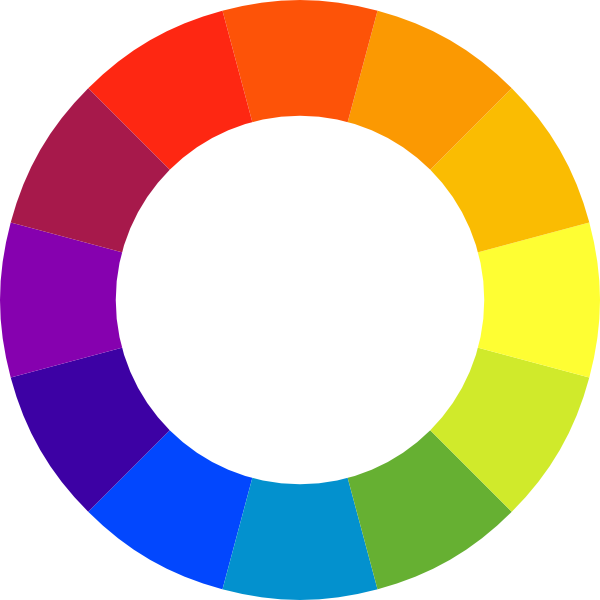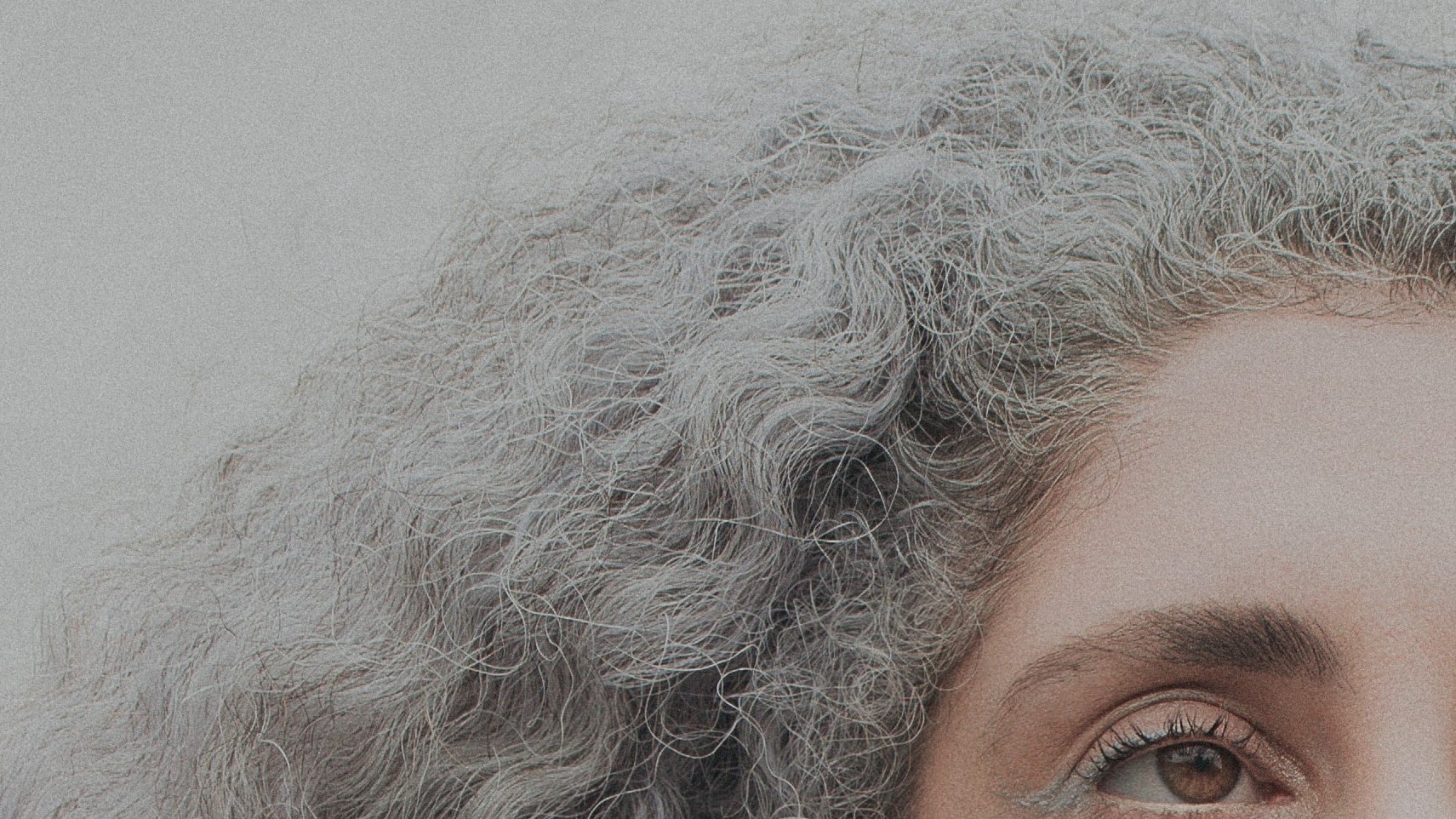There are a billion and one reasons that your white hair might be turning a funky shade of yellow. Some of the most common contributors include:
-
Hard water. If your water supply is chock full of natural minerals, some of them might cling to your hair after washing. Iron in particular can give hair an orange, red, or yellow-y color.
- How your water is disinfected. If chlorine is used to clean up your water, it might leave a greenish-yellow tint to your tresses. Even if you don't have water that's cleaned with chlorine, you still might see the same effect if you frequently swim in a chlorinated pool.
- Residue from styling products. Even if your hair products don't look yellow when they come out of the can, they might change the way that yellow light is reflected from your strands.
- Smoke and smoking. Smoke clings to white hair, making it look dirty and yellowed.
- ... and anything that increases the porosity of your hair. When your hair is more porous, pollutants that can change the color of hair sneak in more easily. Unfortunately, we all do a lot of things that increase hair porosity. The obvious ones are perming, relaxing, bleaching, and coloring hair, since all of these involve permanently changing the internal structure of hair. Other contributors include sunlight, water saturation, harsh shampoos, and heat styling.
What all these things have in common is that they either add or facilitate the addition of new, yellowy contaminants to the hair. Unfortunately, it's not very easy to kick these unwanted visitors out of the hair strand.
Some of the reasons are obvious -- if your hair is yellowing because of your water supply, washing in that same water won't help a bit. And if you wash up with a harsh detergent, you might be able to temporarily remove the yellow, but you'll also damage the hair strand, leaving it even more porosity.
Lesson learned: you probably can't wash the yellow out of your hair with a regular shampoo. So what can you do to maintain the white?
Let's have a quick chat about something you probably haven't thought about since high school art class -- the color wheel.
 For anyone in need of a refresher, every color on the color wheel has a complementary counterpart. The complementary color is directly across the wheel from the original color. Blue's complementary color is orange, green's complementary color is red, and yellow's complementary color is purple.
For anyone in need of a refresher, every color on the color wheel has a complementary counterpart. The complementary color is directly across the wheel from the original color. Blue's complementary color is orange, green's complementary color is red, and yellow's complementary color is purple.
If you combine a color with its complementary color, you'll create a new, desaturated color. Exactly what this new color looks like depends on how much of each original color you use. If you mix three parts blue with one part orange, you'll get a greyer, more mellowed out blue. But if you mix an equal amount of blue and orange, you'll end up with a color that's more grey than blue or orange.
So how can you lessen the appearance of yellow in white hair? You can add a deposit of purple pigment to the hair. The yellow hue is counteracted by its complement, leaving you with a color that's neither purple nor yellow, but nice and white.
Now, we're not saying that you should go out and dye your hair purple, because all that will do is give you purple hair. What you can do, however, is invest in a color-correcting purple shampoo (you can get one by taking our hair quiz, here!)
How purple shampoo gets rid of yellow hair
When you use a purple shampoo, teeny tiny purple pigment molecules are deposited onto your strands. These pigment molecules temporarily attach to the scales of your hair cuticle -- wash your hair once more with a non-purple shampoo, and you're sure to be rid of nearly all of them.
Depositing color temporarily is super helpful for hair health, as it doesn't require the cuticle to be opened and deformed as it is when hair is permanently colored. It's easy, uninvasive, and way less time consuming than bleach.
You may be wondering -- won't adding extra pigments to white hair make it darker? White hair is, by definition, devoid of pigment, so it makes sense to assume that adding extra color will make it less white and more grey.
While it's true that purple shampoo makes hair a smidge darker, the human eye doesn't detect it. The very small amount of purple pigment soaks up yellow light, leaving the yellow pretty much invisible. The end result is clean, non-dingey hair -- mission accomplished.
Thirsty for more hair knowledge? Here's what to check out next:
How Often Should You Brush Your Hair?
We talked to the experts to find out
Living With An Oily Scalp + Dry Ends
#unfair, right?
How Long Does It Take For Hair To Grow Back?
How long does it take for hair to grow back after a bad cut?
Is Hair Alive?
The answer might be a little more complicated than you thought 👀


 For anyone in need of a refresher, every color on the color wheel has a complementary counterpart. The complementary color is directly across the wheel from the original color. Blue's complementary color is orange, green's complementary color is red, and yellow's complementary color is purple.
For anyone in need of a refresher, every color on the color wheel has a complementary counterpart. The complementary color is directly across the wheel from the original color. Blue's complementary color is orange, green's complementary color is red, and yellow's complementary color is purple.
